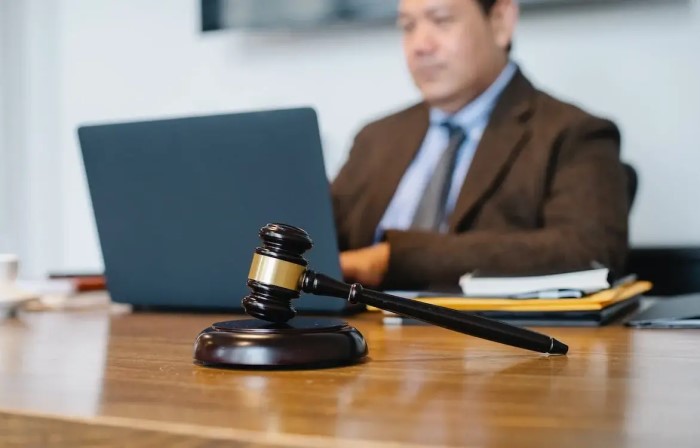Explore the rise in pedestrian accidents, their causes, impacts, and legal implications. Learn how to stay safe and understand your rights.
Introduction
- Defining the Health Topic: Pedestrian accidents involve any incident where a person on foot is struck by a vehicle or another moving object.
- Relevance and Importance: The increasing frequency of pedestrian accidents poses a significant public health concern, highlighting the need for comprehensive safety measures and legal frameworks.
Types and Categories
- Urban vs. Rural Pedestrian Accidents: Differences in frequency, severity, and contributing factors between urban and rural settings.
- Crosswalk Accidents: Incidents occurring at designated pedestrian crossings.
- Non-Crosswalk Accidents: Accidents happening away from marked crosswalks.
- School Zone Accidents: Incidents involving children near schools.
- Hit-and-Run Accidents: Drivers fleeing the scene after striking a pedestrian.
Symptoms and Signs
- Physical Injuries: Common injuries include fractures, head trauma, and soft tissue damage.
- Psychological Impact: PTSD, anxiety, and depression following an accident.
- Chronic Pain: Long-term physical repercussions of injuries.
Causes and Risk Factors
- Driver-Related Factors: Distracted driving, speeding, and DUI.
- Pedestrian-Related Factors: Jaywalking, impaired walking, and distractions like mobile phones.
- Environmental Factors: Poor lighting, weather conditions, and road design.
- Vehicle Factors: Types of vehicles and their impact on pedestrian safety.
- Socioeconomic Factors: Areas with high pedestrian traffic and insufficient safety measures.
Diagnosis and Tests
- Medical Evaluation: Immediate and thorough medical examination post-accident.
- Imaging Tests: X-rays, MRIs, and CT scans to assess internal injuries.
- Psychological Assessment: Evaluating mental health impact post-accident.
Treatment Options
- Emergency Medical Care: Immediate response to life-threatening injuries.
- Surgical Interventions: Necessary surgeries for severe injuries.
- Physical Therapy: Rehabilitation to regain mobility and strength.
- Psychological Counseling: Support for mental health recovery.
- Medication Management: Pain relief and treatment of injury-related conditions.
Preventive Measures
- Driver Education Programs: Enhancing driver awareness and responsibility.
- Pedestrian Safety Campaigns: Educating the public about safe walking practices.
- Infrastructure Improvements: Better road design, lighting, and crosswalks.
- Policy and Legislation: Enforcing stricter traffic laws and penalties.
- Technology Solutions: Using tech like pedestrian detection systems in vehicles.
Personal Stories or Case Studies
- Case Study 1: Urban Pedestrian Accident: A detailed account of an urban pedestrian accident, its impact, and recovery process.
- Case Study 2: School Zone Incident: Highlighting the importance of school zone safety measures.
- Case Study 3: Hit-and-Run Survivor: Story of survival and legal pursuit of justice.
Expert Insights
- Quote from a Traffic Safety Expert: Insights on current trends in pedestrian safety.
- Medical Professional’s Perspective: The importance of immediate and comprehensive care.
- Legal Expert’s Opinion: Navigating the legal aftermath of a pedestrian accident.
Conclusion
- Summary of Key Points: Recap of the causes, impacts, and preventive measures of pedestrian accidents.
- Call to Action: Encouraging further education and proactive safety measures to reduce pedestrian accidents.

